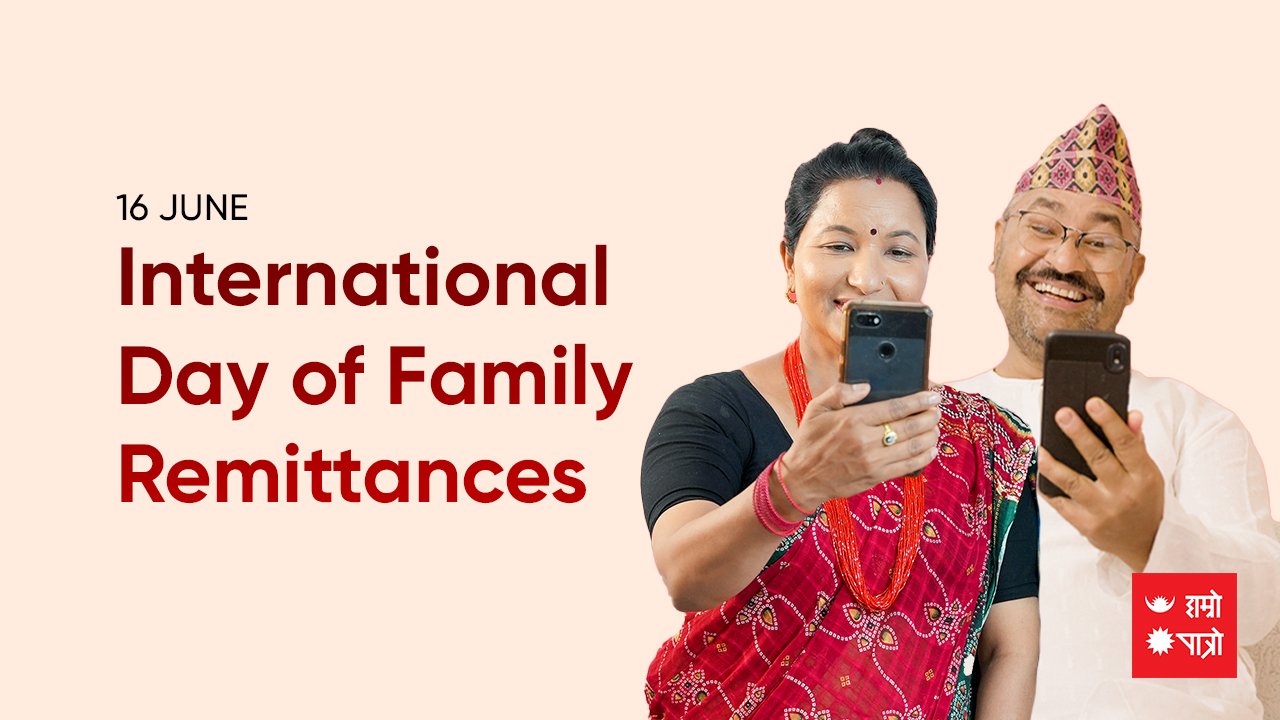
Mithun Sakranti- Ashadh, rain, soil, greenery, and childhood.
"असारे मासमा धान रोपेझैँ खेतमा आउ हामी पिरती रोपौँ न"
"असारे मैनामा पानी पर्यो रुझाउने"
Ashadh is one of the busiest months crafted in so many popular and this Sakranti marks the first day of this divine month: Asadh.
Nepali songs and Nepali lifestyle. Synonymous with agriculture and work, this month is also a motivating month. This day is called Gemini Sankranti as the Sun also enters Gemini from Ashadh Sankranti. So how are the crops this year? Have you finished to nurture and fertilize the corn plants at your backyard?
There are some special festivals in the month of Ashadh starting from Gemini Sankranti. Trishul Jatra is performed at Pashupatinath temple on Ashtami of Krishna Paksha of Ashadha. Similarly, Jagannath Rathyatra is held on Ashadh Shukla Dwitiya. The four-month fast (Chaturmasa Brata) starts from Ashadh Shukla Dashami. Welcome to Asar this year, all of us. Plant some and harvest in thousands, take care of the soil and it will take care of us.
International Day of Family Remittances

Background:
The International Day of Family Remittances (IDFR) is a universally-recognized observance adopted by the United Nations General Assembly and celebrated every year on 16 June. The Day recognizes the contribution of over 200 million migrants to improve the lives of their 800 million family members back home, and to create a future of hope for their children. Half of these flows go to rural areas, where poverty and hunger are concentrated, and where remittances count the most.
Through this observance, the United Nations aims to bring greater awareness of the impact that these contributions have on millions of households, but also on communities, countries, and entire regions. The Day also calls upon governments, private sector entities, as well as the civil society, to find ways that can maximize the impact of remittances through individual, and/or collective actions.
Do you know?
The IDFR recognizes the crucial contribution of over 200 million migrant workers who send money to over 800 million family members in low- and middle-income countries. It highlights the resilience of migrant workers in the face of uncertainty while promoting reduced transfer costs and greater financial inclusion through remittances.
Remittances are a lifeline to the developing world and are used to pay for basic household needs, education and entrepreneurship. While individual remittances may be relatively small (the average remittance is US$200-US$300 a month), collectively, these flows are three times greater than global official development assistance.
Over the past 20 years, remittance flows have increased five-fold. Even during economic downturns, remittances continue to flow as they bind migrants to their families back home, helping them stay afloat. In 2022, migrant workers sent US$626 billion home, a growth of 10.2 percent compared to 2021.
Theme of The International Day of Family Remittances (IDFR) 2023
This year, the IDFR will be observed in conjunction with the GFRID Summit 2023 at the United Nations Office at Nairobi, Kenya. The observance theme will focus on the benefits that digital and financial inclusion bring when linked to remittances in helping remittance families achieve their own SDGs.
This year, the IDFR will be observed in conjunction with the GFRID Summit 2023 at the United Nations Office at Nairobi, Kenya. The observance theme will focus on the benefits that digital and financial inclusion bring when linked to remittances in helping remittance families achieve their own SDGs.
Remittance in Nepal
The practice of informally sending remittances through hundi is still present in Nepal and although now with the increasing access of remittance companies and financial service providers, the practice of sending remittances through formal channels in the country is increasing. Remittances through Hundi do not earn foreign currency in Nepal.
Nepal’s remittance earnings increased 27 percent to Rs689.88 billion in the first seven months of the current fiscal year, as compared to the same period last year, as the number of Nepali youths opting for foreign jobs continues to rise sharply.
According to Nepal Rastra Bank, the country’s central bank, the number of Nepali workers taking approval for foreign employment increased 57.3 percent to 314,767 in the review period. The number of Nepali workers [renew entry] taking approval for foreign employment increased 10 percent to 167,708 in the review period.
Hamro Remit
With our zeal and our pursuit to simplify the remittance transaction in Nepali, we've also started the "Hamro Remit" service, and today, Hamro Patro would like to thank all users and stakeholders out there for having trust in us and being a part of the "Hamro Remit" service. You can also give it a try, "Hamro Remit" is the best way to send money to Nepal.
This day is extremely important for the Nepali environment, which is based on remittances as an economy. Respect remittances and respect the family members who send remittances.
Suyog Dhakal
Liked by: